NEW CLASS WITH JAN
Jan will be running 3×3 hour classes in ”Experimental Drawing” at PAS
Term 1 2025 – on Feb 9, 23 March 9
Jan Prislin-Planinc Demo
Creating Texture with Charcoal
The art of drawing
Jan began her demo with some insightful reflections on the art of expressive drawing. Unlike photographs, drawings don’t simply depict a subject she explained. Rather they depict the artist’s perception of that subject. She cautioned us not to draw preconceived ideas of a subject, but rather to look closely and draw what we actually see.
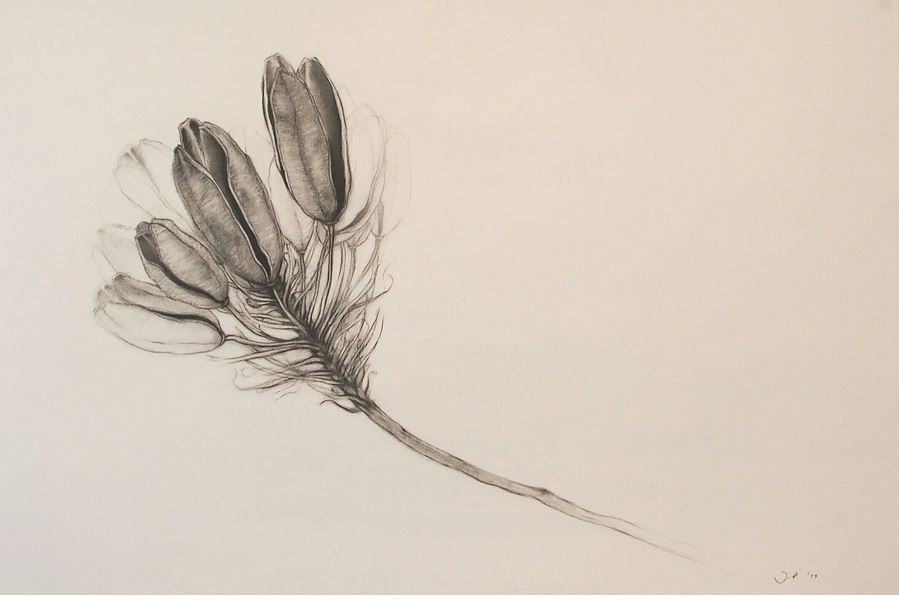
Jan Prislin Planinc – Fragile1- charcoal on Arches Paper 80 x 120cm
Drawing is a very physical and immediate process – an extension of oneself. Don’t be afraid, Jan stressed, to use “searching” lines in the early stages of a drawing, and continue refining them until you have accurately captured the essence of what you see. Use line quality to express your perception of, and emotional response to, the subject eg thick hard lines to express frustration or anger; tentative fine lines to express fragility or uncertainty. Leaving traces of your initial lines in the finished drawing can enhance the expressiveness of the work as they reflect the process you went through in creating the drawing, thereby marking it as uniquely your drawing.
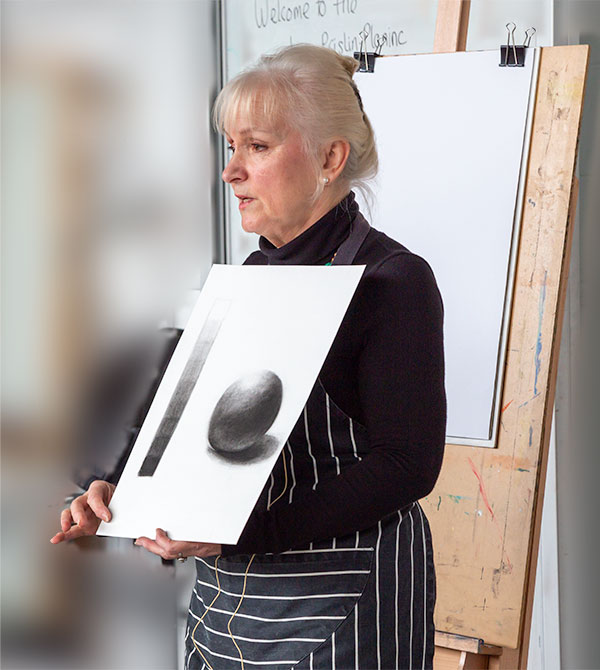
Jan Prislin Planinc explaining some fundamental drawing concepts with examples rendered in charcoal.
Expressive drawing, said Jan, communicates with the viewer much like poetry or metaphor. It can say much more than what is literally depicted. For example an expressive drawing of a withered artichoke flower can evoke concepts of old age and fragility.
The perfect medium for expressive drawing
The great thing about drawing is that, unlike painting, it can be done anywhere and with the simplest of tools. Jan sees charcoal as a simple but particularly beautiful and expressive drawing medium. It can be very messy, but so is life! Though in the past it has been primarily used as a preparatory medium, it lends itself to the creation of finished artworks with wonderful combinations of line, tone, texture and contrast.
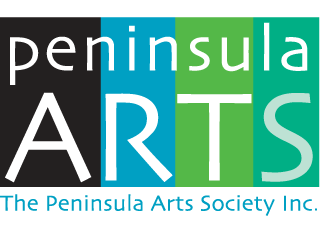
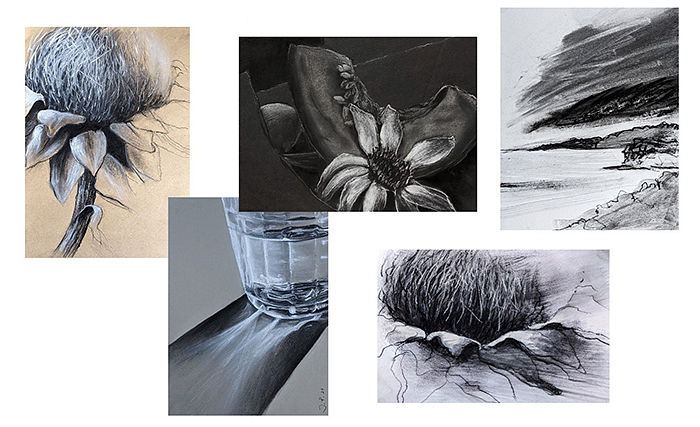
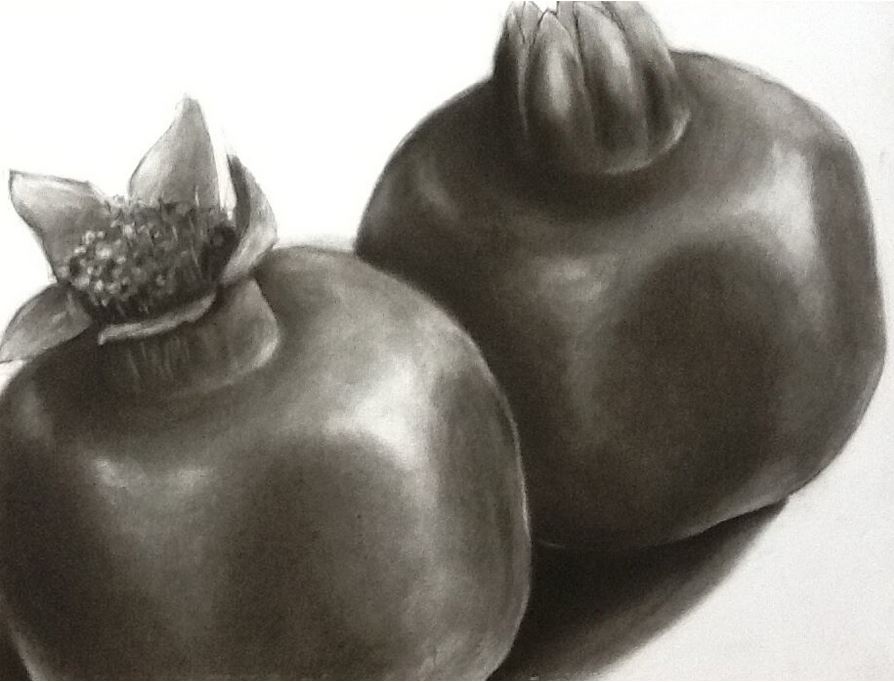
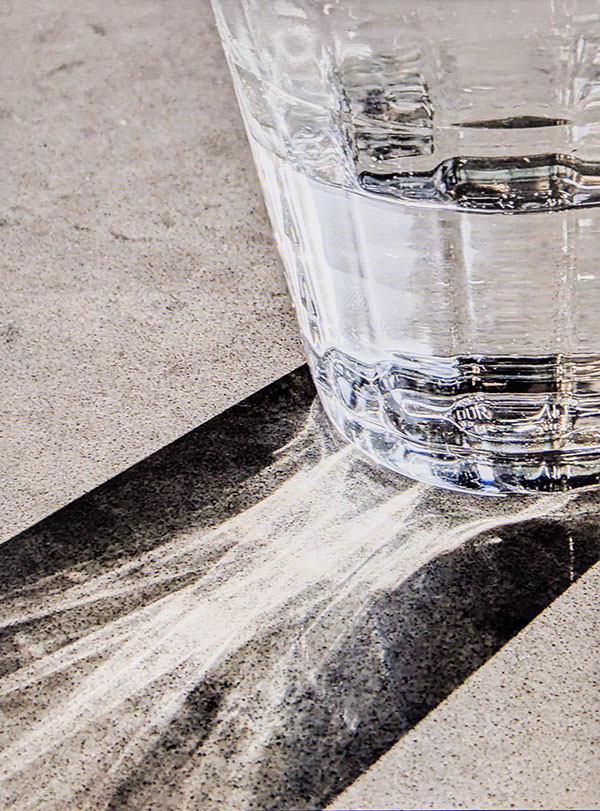
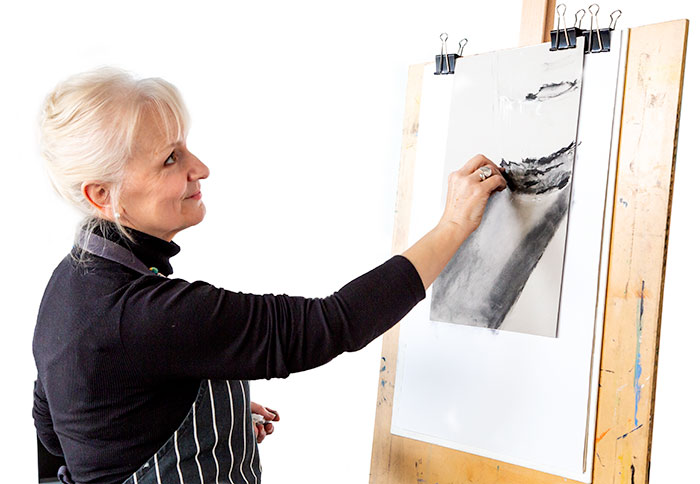
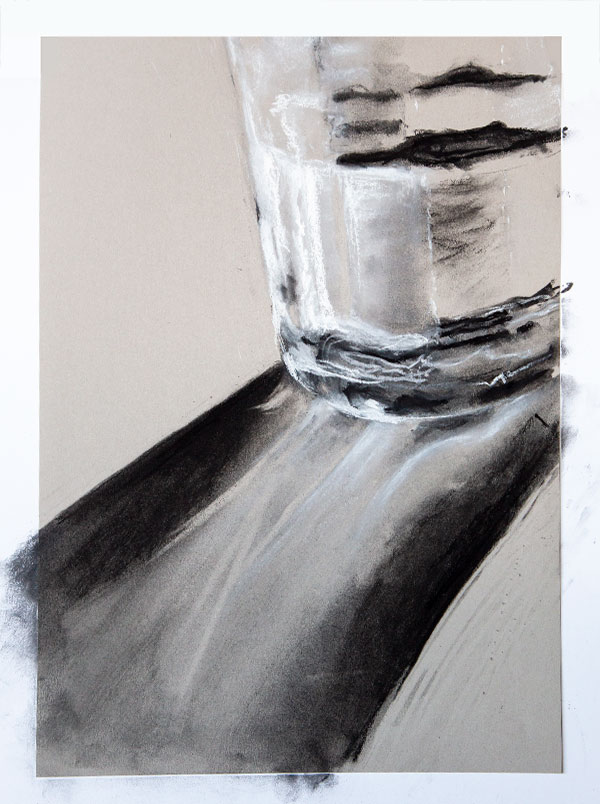
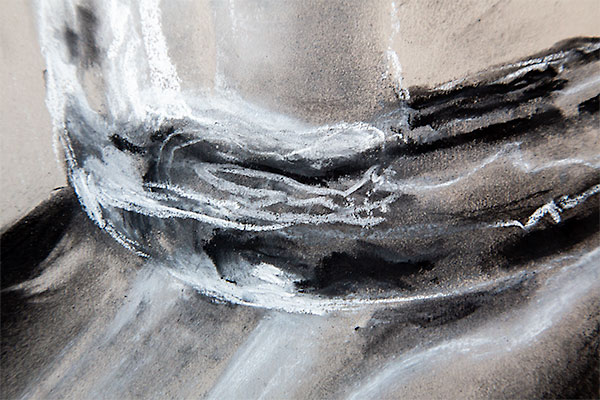
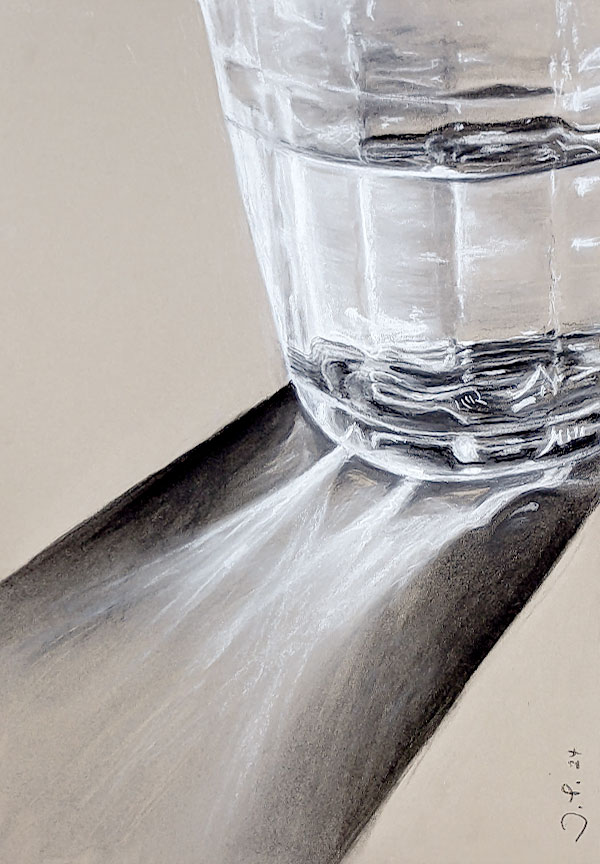
 Jenni Guilfloyle
Jenni Guilfloyle